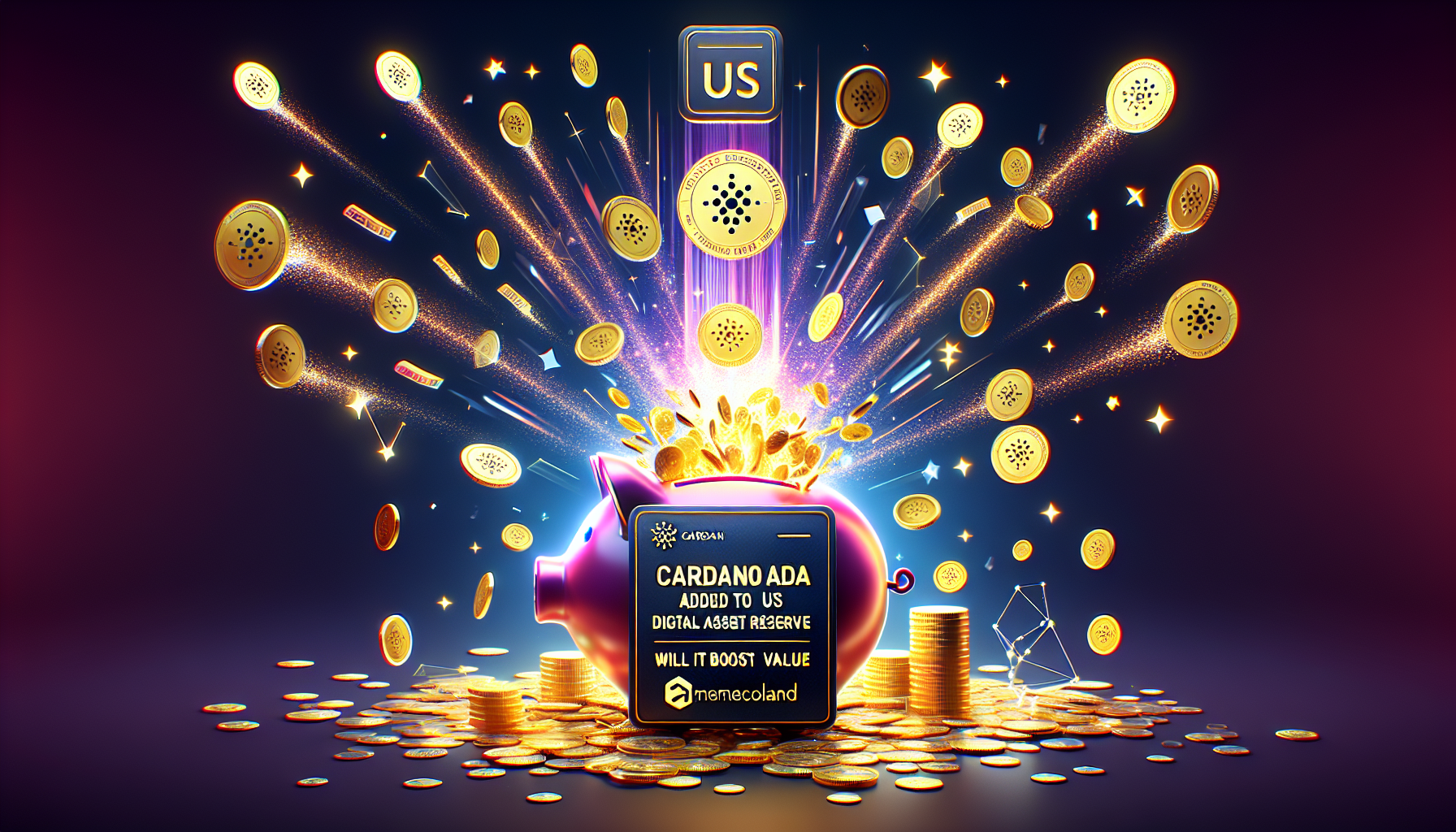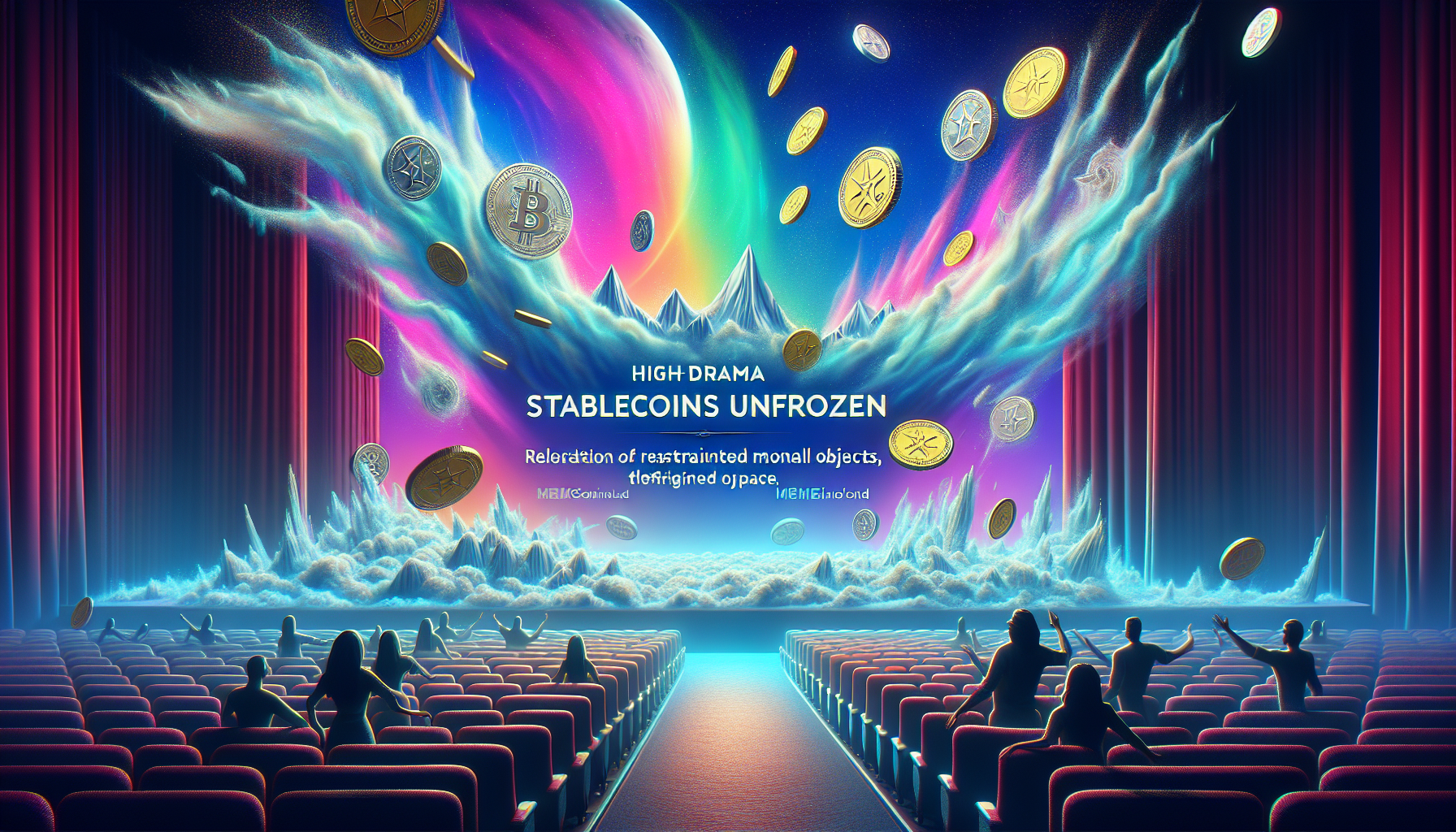 Cardano’s ADA has made headlines by landing a spot in the US Digital Asset Stockpile, a move that has sparked both excitement and skepticism across the crypto community. President Donald Trump announced on March 2 that ADA would be included in the US strategic crypto reserve, a decision that was further detailed in his March 6 executive order. This order emphasized the “responsible stewardship” of altcoins by the Treasury.
Cardano’s ADA has made headlines by landing a spot in the US Digital Asset Stockpile, a move that has sparked both excitement and skepticism across the crypto community. President Donald Trump announced on March 2 that ADA would be included in the US strategic crypto reserve, a decision that was further detailed in his March 6 executive order. This order emphasized the “responsible stewardship” of altcoins by the Treasury.
The inclusion of ADA in a government-managed portfolio has left many in the crypto world scratching their heads. While ADA has a dedicated fan base, some question its place in the digital asset stockpile. Let’s dive into Cardano’s blockchain fundamentals and utility to see if ADA truly deserves this spot.
Cardano, launched in 2017, is one of the pioneering smart contract platforms. Its unique approach combines a research-driven design with a delegated proof-of-stake mechanism and an extended UTXO accounting model. Cardano’s ambition is clear: to offer decentralized governance, non-negligible fees, and native token trading paired with it, as highlighted by the crypto influencer ‘Cardano_whale.’
Project Catalyst, Cardano’s decentralized funding initiative, stands out as one of the largest in the crypto space. It democratically allocates treasury funds from transaction fees and inflation to community proposals. Unlike Ethereum, which relies on off-chain governance for major upgrades, Cardano aims for complete on-chain governance. The Plomin hard fork on January 29 marked a significant step towards “full decentralized governance,” granting ADA holders real voting power over key decisions.
ADA’s role in the Cardano ecosystem is multifaceted, serving as a means for network fees, staking, and governance. With a capped supply of 45 billion ADA and a current circulating supply of 35.95 billion, its inflation rate is approximately 4%. While a capped supply can bolster a coin’s value, other metrics like fees and staking yields are less impressive compared to competitors.
Cardano’s activity levels have been underwhelming despite its long-standing presence in the smart contract space. According to Messari’s Q4 2024 report, Cardano processed an average of 71,500 daily transactions and had 42,900 daily active addresses. In contrast, Ethereum’s fees during the same period were significantly higher.
Cardano’s DeFi ecosystem is still developing, accounting for just 0.3% of the total DeFi sector. However, including its core staking could increase its share to 12%. Yet, Cardano’s DApp activity remains low, with an average of just 14,300 daily DApp transactions in Q4 2024—a sharp decline from the previous year.
The question remains: Is ADA’s potential enough to justify its inclusion in the US government’s digital asset stockpile? While Cardano’s focus on decentralization and capped supply provide unique advantages, its low activity and limited adoption raise doubts about its suitability for a government-managed asset pool.
Nevertheless, projects like those by Atrium Lab exploring Cardano’s native compatibility with Bitcoin could unlock new opportunities for DeFi on Bitcoin and drive activity to Cardano. As David Nage from Arca suggests, Cardano needs to support developers and create compelling narratives to build a sustainable audience. Only then might ADA’s place in a national reserve make more sense.
In conclusion, while ADA’s inclusion in the US Digital Asset Stockpile is intriguing, its long-term value and relevance remain uncertain. The crypto community will be watching closely to see if Cardano can rise to the challenge and prove its worth in this high-stakes arena.




